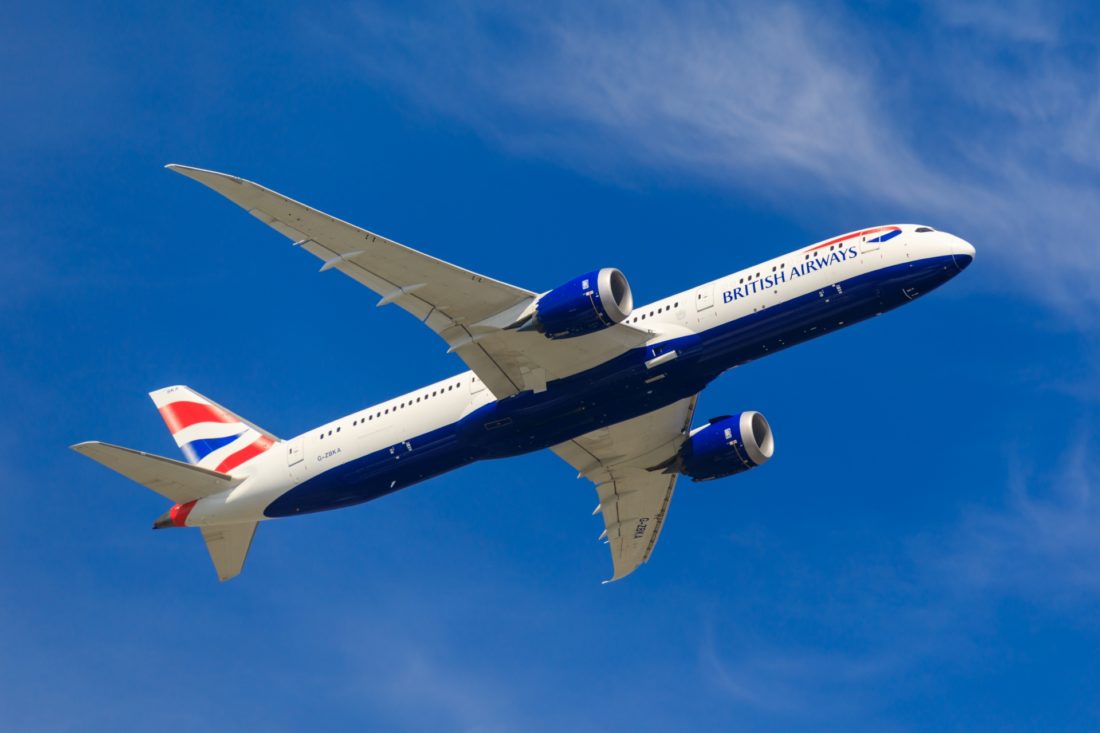Quality Assurance In Aerospace: Why is it Important?

Few industries work miracles like the aerospace industry. When we describe something as difficult verging on impossible, the best analogy is to call it “rocket science.” The aerospace industry took manned vehicles to the moon and sent unmanned vehicles to Pluto and outside the very solar system.
Closer to Earth but no less impressive, the aerospace industry shrank the world. The journey from South America to Asia, which in the past would have taken years of dangerous travel by multiple methods of conveyance, now takes less than a day, flying in comfort and safety with meal service and a bathroom for an affordable ticket price. Unmanned drones, weather and GPS satellites, helicopter taxis and evacuations–these are just a few hallmarks of the aerospace industry. And the aerospace industry is relied upon by millions of people each year. Last year, according to the Bureau of Transportation Statistics, there were over 69 million boardings of domestic aircraft.
On a darker note, predator drones, combat aircraft, and intercontinental ballistic missiles have revolutionized warfare, a heavy legacy that carries with it an even greater responsibility than putting a man on the moon or Chileans in Hong Kong.
In short, a lot is riding on a well-functioning aerospace industry, with many moving parts that cross international boundaries, a global industry by its very definition. This stuff has to work. Quality assurance is important to many industries, but perhaps none more so than the aerospace industry.
Remember, quality assurance is not the same thing as quality control, although they are related. Quality assurance (QA) is something industries achieve to create confidence in consumers and regulators. They accomplish quality assurance by executing quality control (QC) through the operation of quality management systems (QMS)
Here’s why quality assurance is so important in the aerospace industry.
Table of Contents
The Industry is Highly Regulated
Aerospace is one of the most heavily-regulated industries in the world. Since lives depend on the function of complex machines, this is probably to be expected.
In the US, aerospace industry companies may have to pass regulatory muster with bureaus including:
- Federal Aviation Authority (FAA)
- National Aeronautics and Space Administration (NASA)
- Department of Defense (DOD)
- Environmental Protection Agency (EPA)
That’s just one jurisdiction, by the way—the US Federal Government. To do business with or in US states and foreign countries, other regulatory frameworks may apply.
Every company in a regulated industry must have a well-calibrated quality management system (QMS) to achieve a level of quality assurance that will pass muster for the various regulatory boards that will touch its products between the assembly line and the market.
Failing to do so could result in a huge expenditure of money and resources, only to result in a product that will be blocked on the road to the market. The regulators don’t reimburse companies for wasted effort; the burden of compliance falls on the companies, not the regulators.
A Mistake Has High Profile Consequences
Some industries can quietly manage their mistakes with PR tactics and recalls. Not so with the aerospace industry.
Take commercial aviation as the star example. It’s a cliche to say that “flying is the safest form of travel,” but it gets repeated for a reason. The National Safety Council rates a person’s likelihood of dying in a commercial aerospace accident at 1 in 9,821, compared to 1 in 114 for dying in car accidents and 1 in 4,486 for pedacycle accidents. Yes, you are twice as likely to die in a bike crash than a plane crash.
Moreover, flying is safer than ever: MIT calculated the fatality rate of global commercial aviation at one death per 7.9 million boardings between 2008 and 2017, compared to one death per 2.7 million boardings between 1998 and 2007, one death per 1.3 million boardings between 1988 and 1997.
Tell that to someone with flying anxiety, though. They might be forgiven for thinking that fatal air crashes happen all the time, because fatal commercial jet crashes are front-page news every time they happen, everywhere in the world. Imagine if every fatal car or bike accident made front page news. But fatal air crashes are more dramatic, affecting potentially thousands of people all at once. Hence the coverage and the disastrous consequences to the responsible organizations.
Perhaps the most obvious recent example is the Boeing 737 MAX 8. Two crashes within one year due to a faulty MCAS flight control system resulted in 346 deaths and a crash-per-flight record of 4 per million, compared to 0.2 per million for every other 737 model. The 737 MAX 8, which airlines like Southwest had invested in heavily, was grounded. In addition to the tragic loss of life, the catastrophe has set Boeing back an estimated $9 billion.
Products Need to Meet Precise Specifications
International industries often have regulatory hurdles to leap in multiple jurisdictions. If there was no agreed-upon standard by which aerospace products could be judged, it would be chaos.
The standard most aerospace companies must shoot for is AS9100 which, as noted in this Dickson article, is the primary global standard for aerospace quality management. It’s an adaptation of ISO 9001, a quality management system (QMS) developed by the International Organization for Standardization (ISO).
Working Group 11 of ISO TC20 adapted ISO 9001 into AS9100 to meet the standards of the US Department of Defense (DOD), National Aeronautics and Space Administration (NASA), and the Federal Aviation Authority (FAA).
An incomplete list of components of AS9100 compliance would include:
- Risk-Based Thinking
- Product Safety
- Counterfeit Parts Prevention
- Product Planning and Realization
Despite its US-centric origins, the standard is recognized all over the world, sometimes published under slightly different names (EM9100 in Europe, for example). In addition to aerospace companies themselves complying with the standard, more and more subcontractors and suppliers are being required to register as AS9100-compliant before they can do business with aerospace companies in almost every jurisdiction.
In other words, if your company wants a dime of aerospace revenue, AS9100 compliance is not optional—it’s the rule.
————————————————————————————————
Aerospace is a critical industry. There is big money to be made, as well as big leaps forward in human technology and the human condition. But with regulatory hoops placed high, and lives in the balance, the need for scrupulous attention to quality assurance in aerospace could not be more stark.









